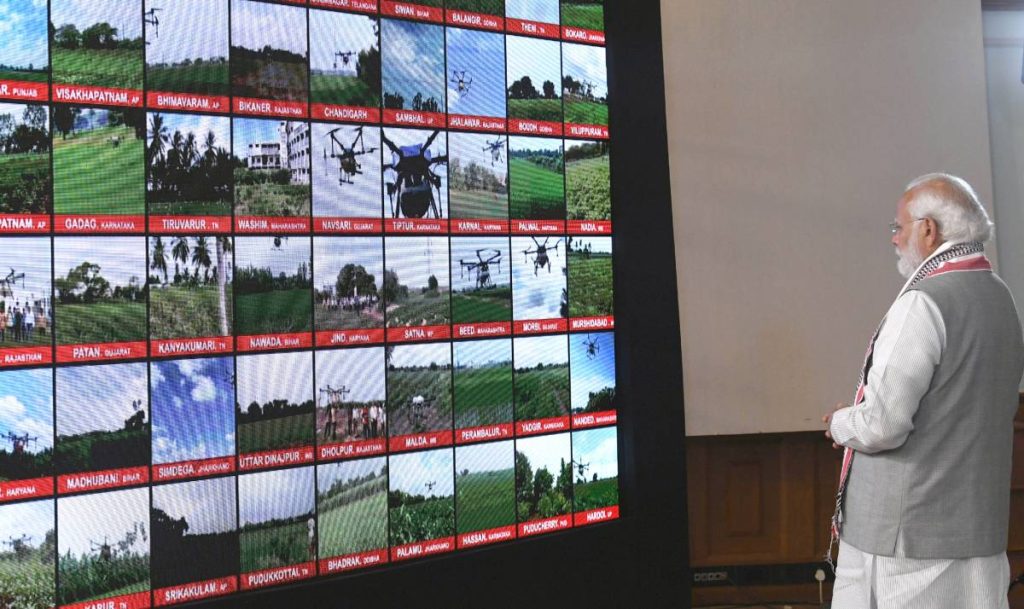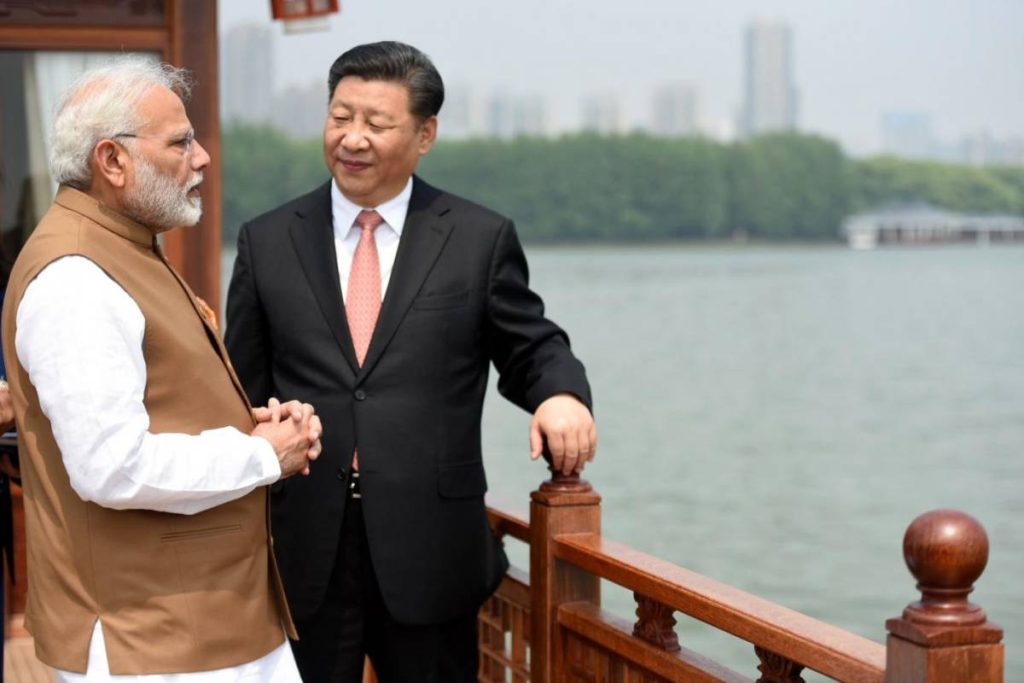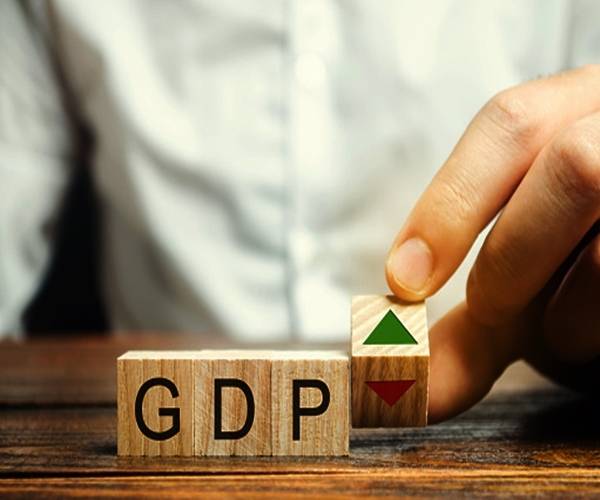Through Digital India, the quality of education is capable of being equalised across city and village, or the well-off and the poor, writes Prof. Madhav Nalapat

Leaders are often judged after their time by just a single action of theirs. Abraham Lincoln entered history for his role in keeping the US united, thereby ensuring the emancipation of the Black population. Indira Gandhi is remembered principally for the Emergency she declared in 1975. Lal Bahadur Shastri will be remembered for initiating the Green Revolution and for his wisdom in ensuring that a conflict over language was avoided in India in a manner absent in Sri Lanka.
Even the short-lived Chandra Shekhar government is remembered for the break with Nehruvian non-alignment caused by permitting US military aircraft to land in India en route to Iraq during Operation Desert Storm. Narendra Modi has been the most transformational Prime Minister of India since Nehru. Ensuring maximum governance through minimum government may still be a work in progress, but that objective is steadily getting actualised through the growth of the digital space in India. Already, usage of telecom services and products is among the largest in the world, which is why the Modi ban on PRC apps has cost the Chinese companies involved billions of dollars in market capitalisation. Should Facebook or Twitter get blocked in India even for a few weeks, their market cap would fall steeply as well.

The US is not China, so such a ban is unlikely, despite the India-phobic policy of some media platforms. The NYT is reported to have advertised for a business correspondent in India. The job description was explicit, that the “newspaper of record” was looking for a journalist who would do a hatchet job on a democracy that is on track to emerge as the third largest economy in the world by 2029. The CCP must be pleased at such dampening of the investment climate in India at a time when several businesses are trying to move out of the PRC. Even during the 1990s, the line taken by the NYT was very similar to that followed by the Clinton White House, which sought technology to India while lavishing it on China, and sought to “cap, reduce and eliminate” nuclear weapons and delivery systems in India, this while ignoring the manner in which Pakistan was being helped by Beijing to develop both.
ALSO READ: China’sJ-10C fighter jets to boost Pak defence
Rather, the Clinton White House continuously pressured India to surrender Kashmir to elements that were working closely with the Pakistan army. Assisted by sometimes clumsy messaging from India, and by the international attention given to fringe groups within the Hindu community, large swathes of opinion within the Atlantic alliance and elsewhere accept the false narrative of India being at the tip of religion-based genocide. Such coverage is reminiscent of the 1960s or the 1970s, when much of the “informed” commentary within the Atlantic alliance centred on the “imminence of a meltdown” in India. Unfortunately for such forecasters of doom, the economy did not collapse in the years ahead, but did better.

Through digital pathways, bypasses avoiding the blockages caused by control freaks and corrupt elements within the bureaucracy are multiplying in a variety of fields of activity. All this is happening in Modi’s India. The security and foreign exchange problems caused by excessive reliance on PRC-manufactured mobile handsets are lessening as a consequence of steps being taken to ramp up mobile handset manufacture in India. While in the past, handset manufacturers and telecom service providers were shutting shop in parts of India, these days such units are being set up. Attention is being given to countries such as Taiwan in the manufacture of essential items such as silicon chips. It helps that India is poised to become among the top markets in the world in many such items.
The unfortunate-at-times propensity for even public enterprises of quality to take decisions solely based on their financial interests was demonstrated in the ISRO-Oppo agreement. In the coming years, given the rising security risks associated with the PRC under Xi, sales of PRC-sourced mobile handsets may need to get stopped altogether in India, as in several other countries that have an interest in preventing the hegemony of any single power over the Indo-Pacific. Given the importance to the future of the systems being developed by ISRO (an institution that has proved its value to the country many times over), trusting entities from a country known for siphoning off technology and data for military uses may not be the wisest course.

The PRC has derived substantial benefit from collaborations in India, and in the process, has hollowed out several industries, not just the larger entities but medium, small and even cottage industries as well. Stoppage is needed of substantial smuggling of items into India. Those responsible must be prevented from doing further damage to the country’s interests. Until the changes that have become visible during Modi 2.0, bureaucratic hurdles and outright sabotage through use of various facets of the governance system were the norm for foreign players and their Indian agents. Assisted by the greater transparency that is a feature of the digital age, such sabotage of promising start-ups is becoming much less common.
By 2024, it is anticipated that as much as 900 million citizens of India will have access to the internet. Just as the NHAI is working assiduously towards the creation of a much improved road network across India, there needed to be similar attention getting paid to improving the information highway network in the country, through making fast and reliable broadband services available even in the most neglected corners of India. Through Digital India, the quality of education is capable of being equalised across city and village, or the well-off and the poor. Increasingly, healthcare and access to the job market are getting accessible to formerly ignored section. Substantial attention is being paid to the election speeches of Prime Minister Modi. The 21st century is coming to India through digital technology in hundreds of millions of homes, creating changes that become irreversible before 2029. Who knows, even the NYT may have a change of heart then about the future of India.

